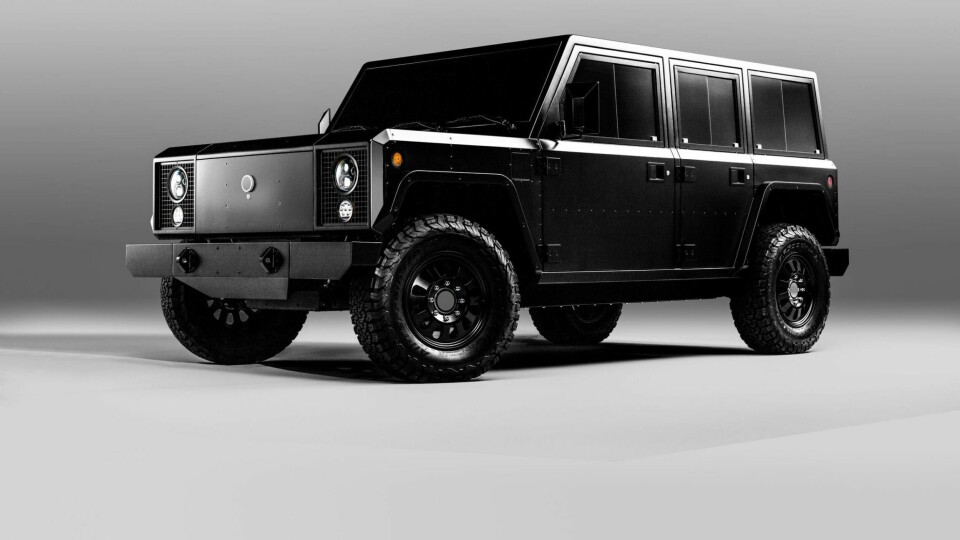
Munro forced to defend its designs as Bollinger goes to court
Scottish electric vehicle start-up, Munro and its designer are being sued by US automaker Bollinger over design patent infringement
Scotland has its first automaker for more than forty years in the form of Munro Vehicles. Revealed in December 2022, the Munro Mk_1 is an all-electric utilitarian 4x4 designed to be cost-effective to build and maintain while being practical and capable for customers.
At the time of its reveal, some compared it to the original Land Rover Defender or Hummer and also to the Bollinger B1 and B2. This included Bollinger and on 31 January 2023, the company filed a lawsuit in the Southern District of New York against Munro and its designer, Ross Compton.
Prior to joining Munro, Compton was a contract designer working for several businesses including Bollinger where he worked on the company’s B1 and B2 models. In the lawsuit, Bollinger states that Compton violated a Mutual Nondisclosure Agreement (MNA) by retaining confidential information and alleges that he subsequently disclosed that information with Munro. The lawsuit states that Compton and Munro infringed on design patents granted to Bollinger in 2018 as well as the trade dress.
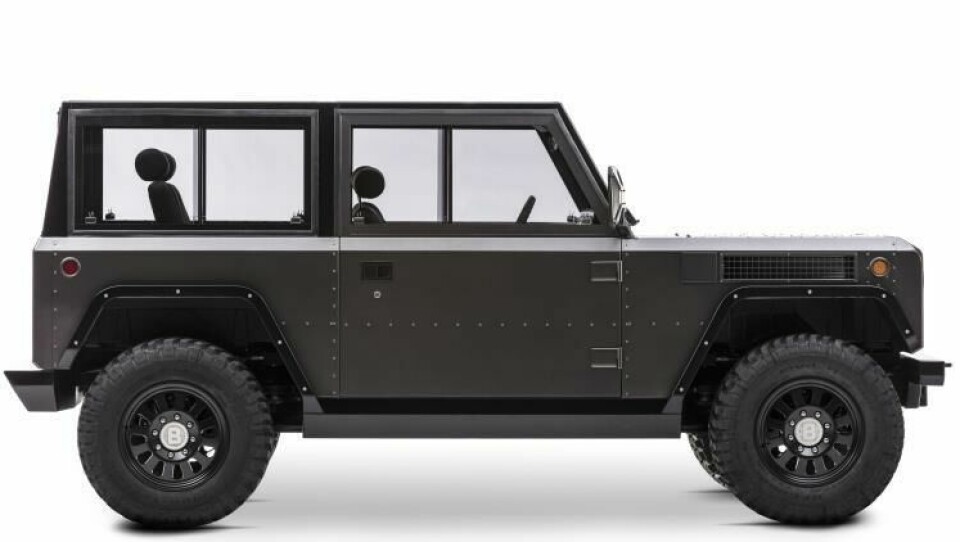
The suit follows an earlier cease and desist order given to Compton and Munro in 2022, which Munro CEO Russell Peterson told Car Design News was being discussed between the two companies. The lawsuit therefore came as something of a surprise, he says.
“I’m disappointed by the lawsuit more than surprised,” says Peterson. “Obviously it came as a big surprise, but also disappointed because we really respected Bollinger. When we hired Ross it wasn’t ‘oh, we want to hire Ross because we want to rip off Bollinger.’ I wished that one day we could be of the same calibre as a company like Bollinger. You have to remember that we were just three or four guys in a shed. So it’s just disappointing because they’re almost, not heroes to us, but we definitely like looked up to them and respected them, but we never wanted to rip them off – that’s just crazy.”
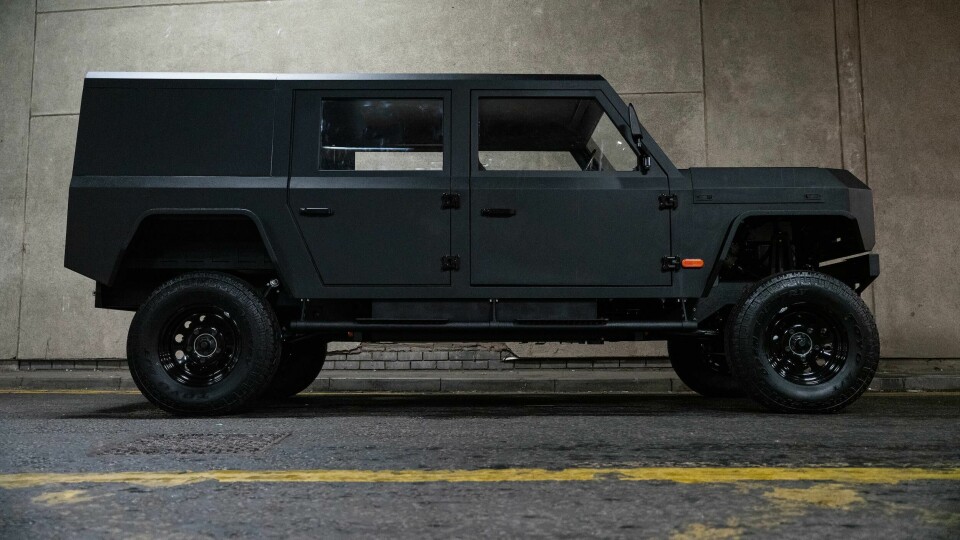
Instead, Peterson is adamant that the design of the Munro Mk_1 follows traditional principles for utilitarian vehicles.
“If you look through history at all these different vehicles, they all share the same attributes,” he says. “If you look at Land Rovers, Humvees, Jeeps, even Unimog, you’re faced with the same things: flat panels, exposed hardware, straight lines, chamfers.”
Essentially, it’s very much about industrial design, something Compton is passionate about and has been involved in during his career with businesses such as forklift company, Linde. Peterson isn’t afraid to admit there are similarities with the Bollinger models but doesn’t see this as surprising.
“If you boil the products back to the core attributes, they’re very similar products,” he says. “They’re a commercial vehicle that’s designed primarily for off-road. It’s designed to be easy to manufacture at lower scale. It’s designed to be very repairable and robust and reliable, so when we set Ross the design parameters of the vehicle, he had to be aware of all these things.”
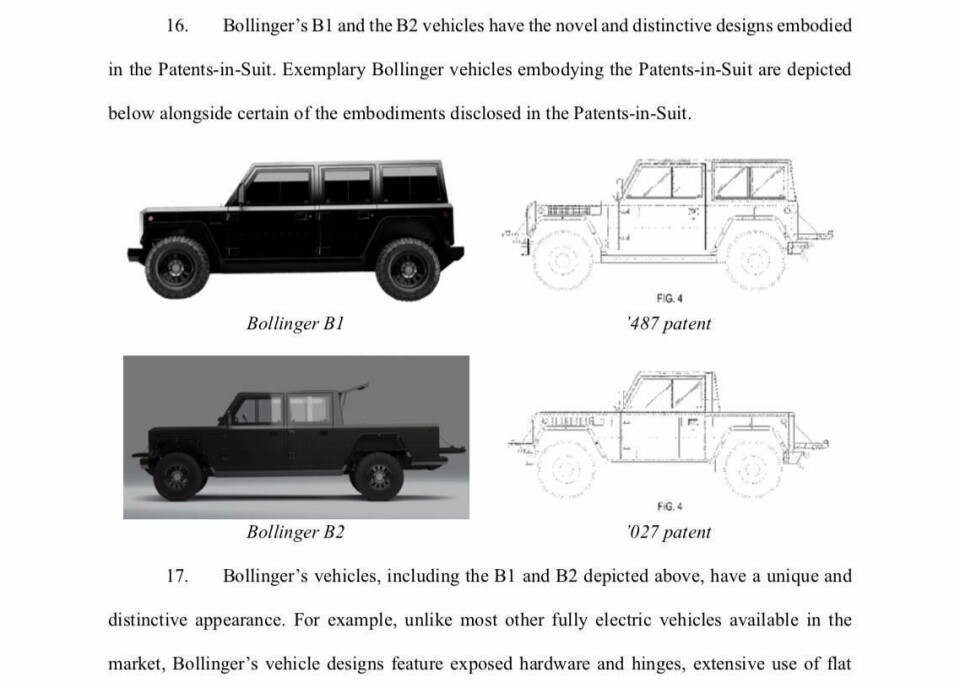
Costs were also a key issue, with the small team at Munro aiming to avoid panels with curved lines that can costs hundreds of thousands of pounds in tooling. Peterson says that this meant there were functional limitations that caused the design of the Mk_1 to look the way it does. Peterson even feels that the lawsuit oversimplifies the issue, making it purely about straight lines, flat panels and chamfers, whereas he says there’s much more to the styling of the two vehicles than these.
“They have some of the same boundaries like straight lines and chamfers and flat panels, but once you start digging into the styling and look at the specifics of the vehicle, they’re very different,” he says. “The headlight layout, the front panel, even the door handles, the way that our doors are the same colour all the way up, which you can’t tell because it’s black. The fact is that the door tops are integral with the door bottoms on our vehicle, whereas if you look at the Bollinger it’s designed to have a very significant waistline where the door tops look very different from the bottom.”
CDN reached out to Bollinger and initially they agreed to discuss the lawsuit, but then Robert Bollinger declined, with his spokesperson referring us to the legal documents. So what’s next for Peterson and the team?
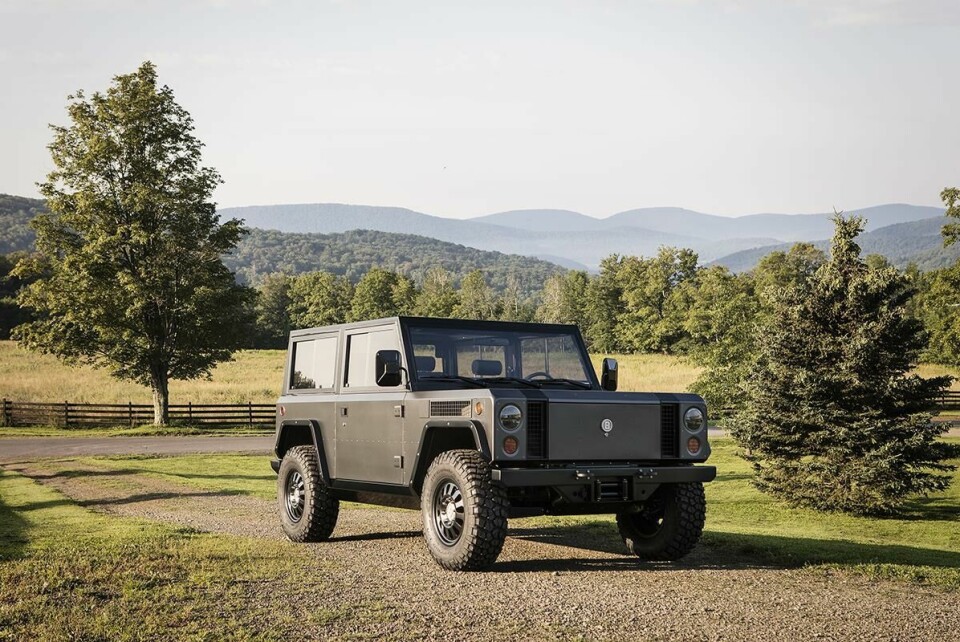
“I think Bollinger probably feel like they’ve got a very legitimate reason to do this,” Peterson says. “I think part of it comes as a bit of a misunderstanding of who Munro is and how we started and what we care about. I think if there was a bit more of a common understanding between the two companies of okay, look guys, we’ve all got the same goal here.”
“I’d actually really like to just sit down with Bollinger and talk to them about this and be like, hey guys, are you sure, are you sure about this, because I really think they’ve misunderstood us.”
The case could take months, even years to come to court and Peterson is hoping that both parties can sit around a table and discuss it with the aim of coming to an amicable solution. In the meantime though, he says Munro has the support of its investors and will continue with its plans. These include scaling up the business, continuing to test prototypes, finalising the manufacturing facility and looking at more body styles.
“We believe that we are not in the wrong, we believe we’re in the right and there’s no reason to kind of change what we’re doing at the moment,” he says. “So, we’re just carrying on business as usual really.”



